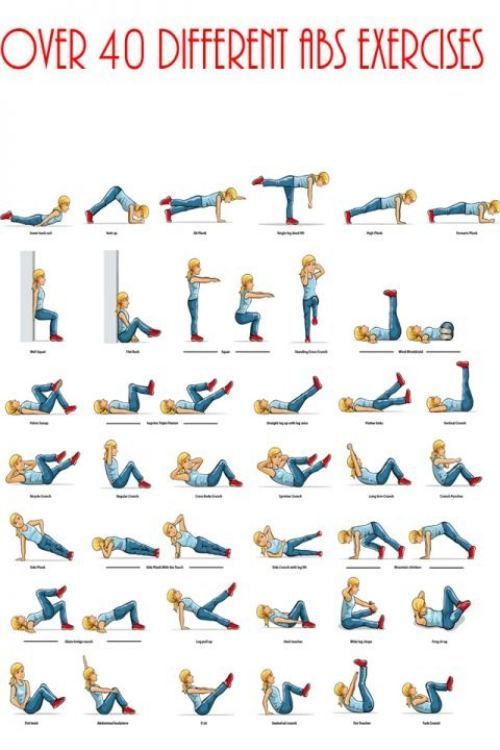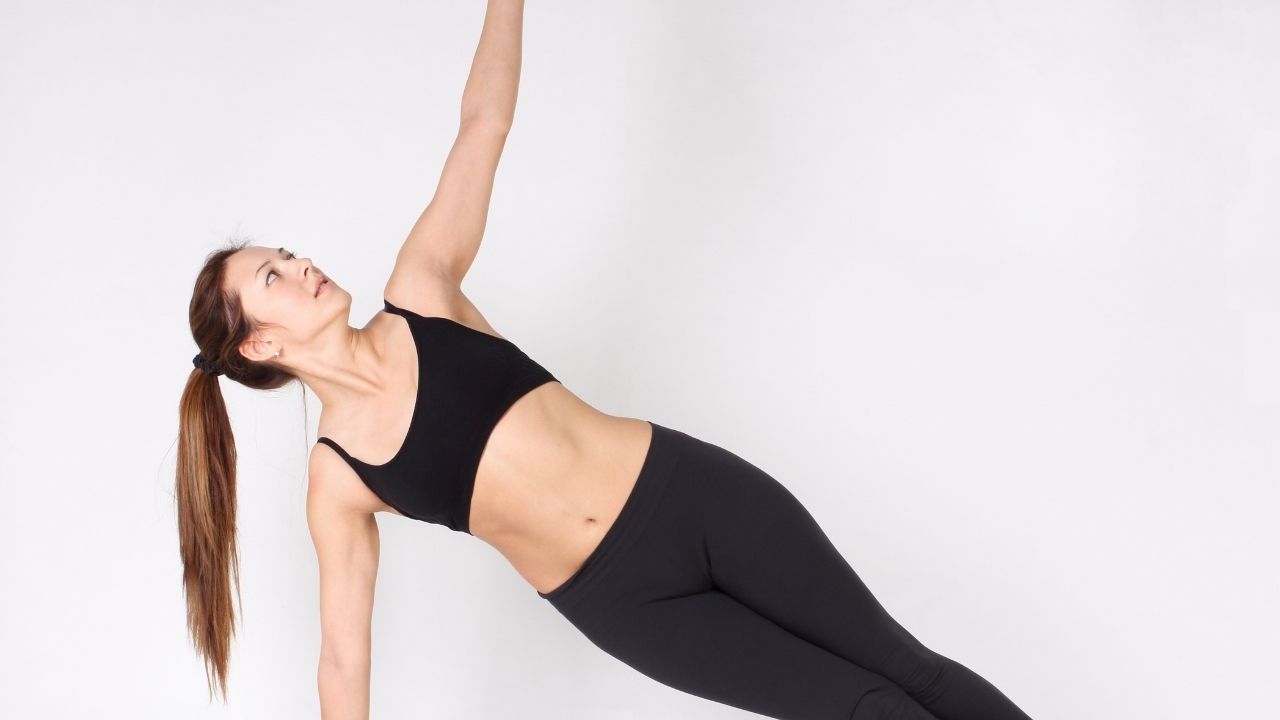
If you're planning to work out, you may be wondering what is the best pre workout snack. Experts recommend that hard-boiled eggs are the best choice for consuming protein and nutrients before going to the gym. They also contain vitamin D, calcium, iron, and B vitamins. A small amount of nut spread on whole-wheat toast can provide about seven grams protein and fifteen grams carbohydrates. This is a good pre-workout snack option for people who exercise for longer periods.
A combination of nut butters and fruits is another good pre-workout snack. These two foods have the perfect amount of nutrients. Bananas, rich in potassium, may help prevent muscle cramps caused by intense exercise. You can also choose vegetable sticks, carrot sticks or sweet potatoes. Vegetables, such as sweet potatoes, broccoli and spinach, provide fiber and complex carbohydrates. Whey protein shakes are great for vegans and vegetarians.

Pre-workout snacks that are healthy and rich in carbohydrates and protein are best. It's up to you whether you prefer whole-grain crackers over nonfat milk. Both have 33 grams of carbs and less fat than the other. They also contain liquids and 319mgs sodium. These are vital to your training results. These are also ideal post workout snacks. Whole-grain crackers are an excellent choice for protein.
Your goals should dictate what a good snack is. Some foods are better for you than others, but you need to ensure that you get a snack that will fuel you and not leave you feeling tired. Light, low-fat, high-carbohydrate snacks are the best for pre-workout snack. It is best to eat your whole meal between two and three hours before going to the gym, while a snack 30 minutes prior should suffice.
High-protein snacks are also important for pre-workout. A balanced mixture of carbohydrates and protein should be consumed two to four hours before you start your workout. A high-protein protein snack is more likely to enhance your workout. High-fat snacks may not be the best option for people who are sensitive or allergic to sugar. A low-carb pre-workout snack will be a better choice for those who want to maintain a healthy diet.

A high-protein, high fiber snack is the best choice for pre-workout snacks. Pre-workout snacks should contain between 100 and 300 calories. It should contain 10 to 20 grams of protein and thirty to forty grams of carbohydrates. It should be eaten at least one hour before your workout. But, these are not your only options. Different types of snacks are best for different people. You might need to experiment in terms of the protein content and the timing.
FAQ
What's the best diet?
Your age, gender, body type, and lifestyle choices will all impact the best diet. Consider how much energy and low-calorie foods you consume, as well as whether or not you are a fan of fruits and vegetables.
Intermittent fasting may be a good choice if you want to lose weight. Intermittent fasting involves consuming only specific meals throughout the day, rather than having three large meals. This approach may prove to be more beneficial than traditional diets that have daily calorie counts.
Studies have shown that intermittent fasting can improve insulin sensitivity and decrease inflammation. This could lead to improved blood sugar levels, and a lower risk of developing diabetes. Intermittent fasting has been shown to promote fat loss as well as improve overall body composition.
What can you do for your immune system to improve?
The human body is made up of trillions and trillions of cells. These cells collaborate to create organs, tissues and other functions. If one cell dies, a new cell takes its place. Cells communicate with one another using chemical signals called hormonal hormones. Hormones regulate all bodily functions from growth and developmental to metabolism and immunity.
Hormones can be described as chemicals produced by glands in the body. They travel through our bloodstream and act as messengers, controlling how our bodies function. Some hormones are made internally, while others are created outside the body.
Hormone production begins when a hormone-producing gland releases its contents into the bloodstream. Once hormones are released they move through the bloodstream until they reach their intended organ. Some hormones are only active for a brief time. Some hormones remain active for longer periods of time and can continue to have an impact on the body's function long after they are gone.
Some hormones can only be produced in large quantities. Some hormones are produced in large quantities.
Some hormones are produced at certain times during life. For instance, estrogen is produced during puberty, pregnancy, menopause, and old age. Estrogen aids women in developing breasts, maintaining bone density and preventing osteoporosis. It promotes hair growth as well as keeping skin soft and smooth.
Are there 5 ways to have a healthy lifestyle?
Healthy living means eating right, exercising regularly and getting enough sleep. It also involves managing stress and having fun. Good eating habits include avoiding processed foods, sugar, unhealthy fats, and avoiding junk food. Exercise burns calories and strengthens the muscles. You can improve your memory and concentration by getting enough sleep. Stress management helps reduce anxiety and depression. Fun keeps us vibrant and young.
How can I live my best life everyday?
The first step towards living your best life everyday is to find out what makes you happy. Once you know what makes you happy, you can work backwards from there. Asking others about their lives can help you to see how they live the best life possible.
You can also find books such as "How to Live Your Best Life" written by Dr. Wayne Dyer. He speaks about happiness and fulfillment in all areas of life.
What are 10 healthy habits?
-
Eat breakfast every day.
-
Don't skip meals.
-
Eat a balanced, healthy diet.
-
Get lots of water.
-
Take care of yourself.
-
Get enough sleep.
-
Avoid junk food.
-
Do some form of exercise daily.
-
Have fun
-
Make new friends
Why should we have a healthy lifestyle to begin with?
Healthy lifestyles lead to happier and longer lives. Good nutrition, exercise regularly, good sleep habits, stress management and healthy lifestyle can help you avoid heart disease and stroke.
A healthy lifestyle helps us cope better when we are faced with everyday stresses. Having a healthy lifestyle will also boost our self confidence and help us look and feel younger.
Statistics
- nutrients.[17]X Research sourceWhole grains to try include: 100% whole wheat pasta and bread, brown rice, whole grain oats, farro, millet, quinoa, and barley. (wikihow.com)
- WHO recommends consuming less than 5% of total energy intake for additional health benefits. (who.int)
- According to the 2020 Dietary Guidelines for Americans, a balanced diet high in fruits and vegetables, lean protein, low-fat dairy and whole grains is needed for optimal energy. (mayoclinichealthsystem.org)
- This article received 11 testimonials and 86% of readers who voted found it helpful, earning it our reader-approved status. (wikihow.com)
External Links
How To
What does the term "vitamins" mean?
Vitamins are organic substances found naturally in food. Vitamins allow us to absorb nutrients from food. Vitamins cannot be made by the body; they must be taken from food.
There are two types vitamins: water soluble or fat soluble. Water-soluble vitamins dissolve readily in water. Vitamin C,B1(thiamine), B2 (2riboflavin), and B3 (3niacin), as well as vitamin C,B1, B2 (riboflavin), and B3 (niacin), vitamin B6 (pyridoxine), vitamin folic acid (biotin), pantothenic, and choline are examples. The liver and fatty tissues are home to fat-soluble vitamins. These include vitamin D, E and K, as well as beta carotene.
Vitamins are classified based on their biological activity. There are eight major vitamin groups:
-
A - Vital for normal growth and maintaining good health.
-
C – essential for proper nerve function.
-
D – Essential for healthy teeth, bones and joints
-
E is required for good vision and reproduction.
-
K - required for healthy muscles and nerves.
-
P - Vital for strong bones and teeth.
-
Q - Aids digestion and iron absorption
-
R - Red blood cells are made from red blood cells.
The recommended daily allowance for vitamins (RDA) varies based on gender, age, and physical conditions. The U.S. Food and Drug Administration sets RDA values.
For example, the RDA for vitamin A is 400 micrograms per dayfor adults 19 years or older. Pregnant women require 600 micrograms daily to support fetal development. Children ages 1-8 require 900 micrograms per day. Children under 1 year old require 700 micrograms daily, while infants over one year old need 500 micrograms every day. This decreases between 9 and 12 months.
Children between the ages 1--18 years old who are overweight or obese require 800 micrograms per Day, while those who are overweight or obese need 1000 micrograms. To meet their nutritional needs, children underweight and obese require 1200 micrograms a day.
Children ages 4-8 years who have been diagnosed with anemia need 2200 micrograms per day of vitamin C.
2000 micrograms are required daily for good health in adults over 50. Breastfeeding or pregnant women require 3000 micrograms per daily due to higher nutrient demands.
1500 micrograms is the recommended daily intake for adults aged 70+, who lose approximately 10% of muscle each year.
Women who are pregnant or nursing need more than the RDA. Pregnant women require 4000 micrograms daily during pregnancy, and 2500 micrograms every day after birth. Breastfeeding mothers need 5000 micrograms per day when breast milk is being produced.